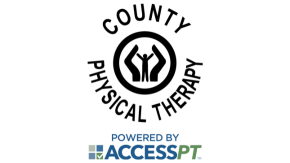What are trigger points?
Trigger points are stiff bands of muscle or connective tissue which are painful when the muscle contracts or pressure is applied to the tissue. This pain can either remain at the trigger point or radiate away and is often so intense that it alters movement patterns, stiffens muscles, and restricts joints.
Why do trigger points form?
The exact reasons why they form are not well understood. We do know that in a trigger point, the nerves responsible for muscle contraction and relaxation are in a state of constant activation. In other words, the signal from the brain telling the muscle to contract is constantly “on.” There are several theories as to why this happens, but no definitive answer.
Who is at risk?
Many people develop trigger points at some point in their lives. Risk factors include:
- muscle imbalances (overactivity of a muscle compared to weaker surrounding ones)
- trauma
- age
- vitamin deficiency
- sleep disturbances
- stress
- psychological disorders
- poor posture
ACCESS PT therapists often find that patients with trigger points have a lack of nearby joint mobility and muscle imbalances from poor posture, weakness, or overactivity.
How are trigger points treated?
Trigger points often respond well to manual therapy or myofascial release. A physical therapist will apply direct pressure to the trigger point, which is held for 1-5 minutes. This allows the muscle to relax and helps reduce the signal telling the muscle to activate. Your therapist may prescribe exercises to create pressure and release the trigger point. Dry needling (available in Connecticut and North Carolina) may also be used to relieve pain and relax the trigger point.
These methods are useful for reducing the trigger point, but long term relief depends on identifying and correcting the root of the problem. In many cases, this involves correcting muscle imbalances, improving joint mobility, and improving movement of the entire system. Our therapists are movement specialists who are trained to help patients improve muscle and joint function. Give your local ACCESS PT office a call to schedule an appointment – we’d love to help you get back to doing what you love!



